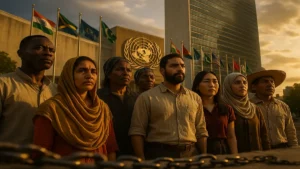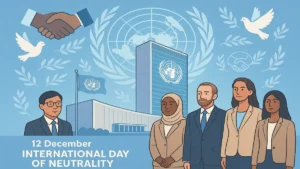The International Day of Light is an annual celebration established by UNESCO to recognize the significance of light and light-based technologies in revolutionizing our society and various aspects of our daily lives.
Date and Origin
The International Day of Light is observed annually on May 16th, commemorating the first successful operation of the laser by physicist and engineer Theodore Maiman in 1960. This year, it falls on Thursday, May 16, 2024, under the theme of “Light in Our Lives,” to let the light guide us the way forward.
The origin of the International Day of Light can be traced back to 2015, when the United Nations observed the International Year of Light and Light-based Technologies (IYL 2015) to raise awareness of the achievements of light science and its applications worldwide.
Following the success of IYL 2015, the UNESCO Executive Board adopted a resolution that supported the notion of an International Day of Light on September 19, 2016. The first-ever IDL was held on May 16, 2018.
Significance and Celebrations
The purpose of this day is to encourage scientific collaboration and explore the possibilities of light-based technologies to promote peace and sustainable development.
The celebration offers various sectors of society around the world the opportunity to engage in activities that showcase how science, technology, art, and culture can contribute to achieving the goals of UNESCO. These goals include establishing the groundwork for peaceful societies.
The International Day of Light provides an opportunity to raise awareness about the essential role that light plays in our lives while highlighting its significance in shaping our world and inspiring future innovations.
Highlighting Light’s Impact
Light has played a crucial role in various fields, including arts and culture, education, medicine, communications, science, and sustainable development. The day aims to highlight the impact of light and light-based technologies on these fields and encourage further research and development.
Celebrations often include educational events, exhibitions, workshops, and demonstrations that explore the properties of light and its applications in different areas of life. These events bring together scientists, educators, artists, and the general public to foster a greater appreciation for the importance of light.
The International Day of Light serves as a reminder of the power of light and its potential to shape our future. It encourages collaboration and innovation in light-based technologies, ultimately contributing to a more sustainable and enlightened world.




 National Energy Conservation Day 2025: M...
National Energy Conservation Day 2025: M...
 International Day Against Colonialism in...
International Day Against Colonialism in...
 International Day of Neutrality (12 Dece...
International Day of Neutrality (12 Dece...







